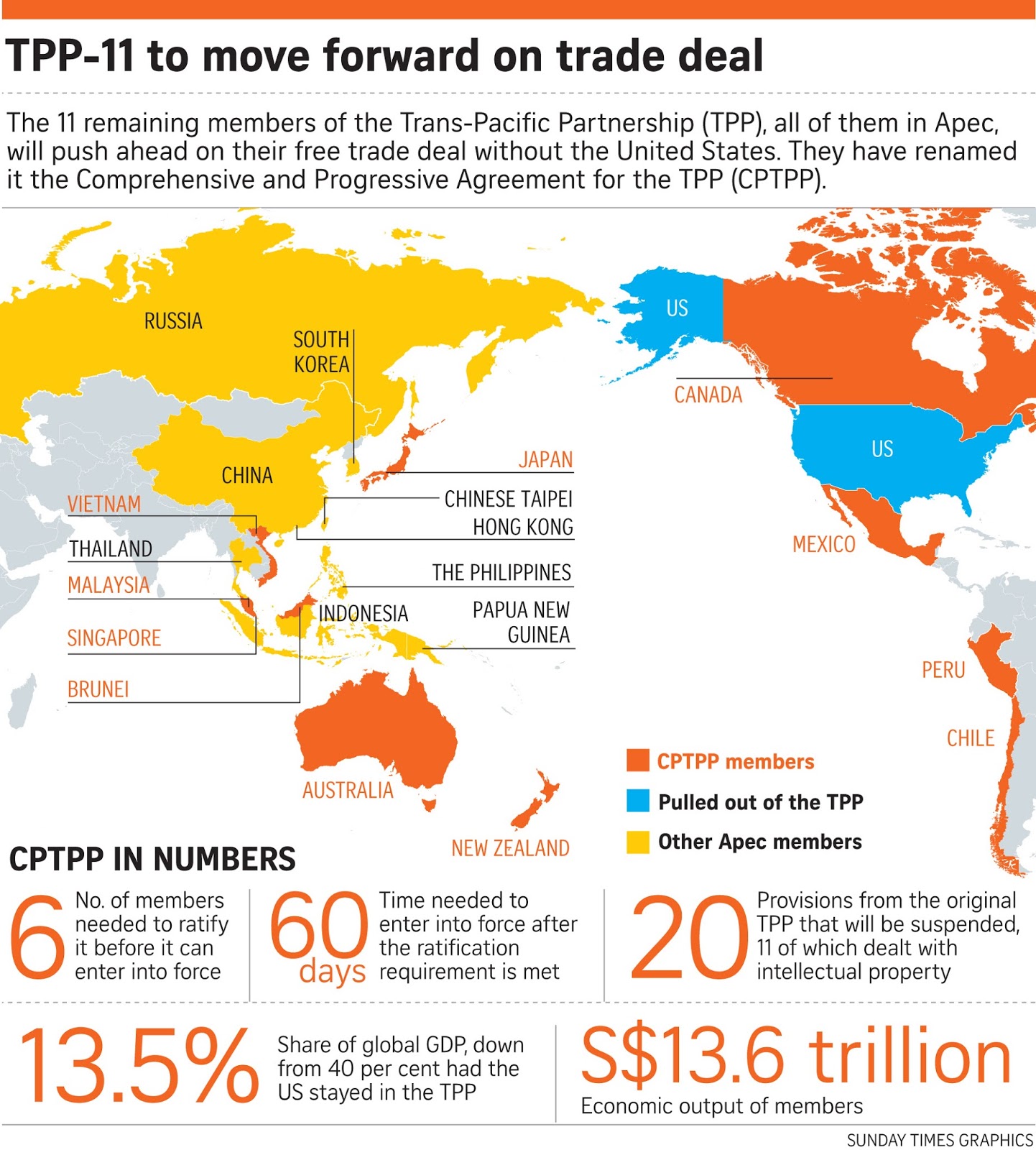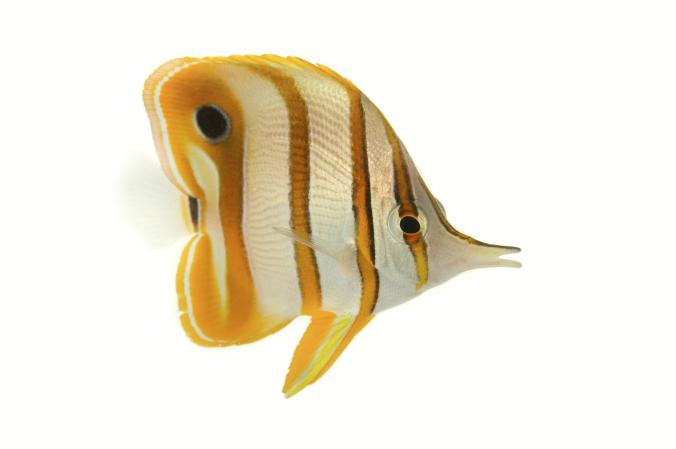Rock nitrogen
- The prevailing idea is that all the nitrogen used by plants comes from the air.
- However, nearly a quarter of nitrogen (26%) comes from the earth’s bedrock, with the remaining fraction from the atmosphere.
- Nitrogen from rocks can enter ecosystems when rocks weather naturally
- Rock nitrogen availability is determined by weathering, which can be physical or chemical.
- Nitrogen-weathering is a globally significant source of nutrition to soils and ecosystems worldwide.
- Ecosystems need nitrogen and other nutrients to absorb carbon dioxide pollution.
- If a large amount of nitrogen comes from rocks, it helps explain how natural ecosystems like boreal forests are capable of taking up high levels of carbon dioxide.
- Areas with higher levels of rock nitrogen weathering may be able to sequester more carbon.
Latent tuberculosis infection (LTBI)
- Mumbai is preparing a pilot project to target latent tuberculosis.
- Persons with LTBI are those who harbor the TB-causing bacteria within, where it can lie dormant.
- In other words, it is a state of persistent immune response to stimulation by Mycobacterium tuberculosis antigens without evidence of clinically manifested active TB.
- TB is caused by Mycobacterium tuberculosis, a species of pathogenic bacteria that is spread through air.
- The WHO lays emphasis on a specific strategy to tackle latent TB but only in high- and upper middle-income countries with a low incidence of the disease.
- According to a WHO report, approximately 10% of people with LTBI will develop TB, with the majority of them getting it within the first five years of infection.
- LTBI can often be tackled by maintaining good health and observing coughing and sneezing etiquette.
National Environment and Engineering Research Institute (NEERI)
- NEERI is a pioneer laboratory in the field of environmental science and engineering.
- The Institute was established at Nagpur in the year 1958, as Central Public Health Engineering Research Institute (CPHERI).
- The Institute was renamed in 1974 as National Environmental Engineering Research Institute (NEERI).
- NEERI is a constituent of Council of Scientific & Industrial Research (CSIR), New Delhi.
- CSIR-NEERI has initiated vital outcome-driven R&D activities under CSIR-800 program to benefit rural people of India in terms of water pollution control, air pollution control and waste to wealth.
- The mandate of NEERI is:
- To conduct research and developmental studies in environmental science and engineering
- To render assistance to the industries of the region, local bodies, etc. in solving the problems of environmental pollution through S&T intervention
- To interact and collaborate with academic and research institutions on environmental science and engineering for mutual benefit
- To participate in CSIR thrust area and National mission projects
e-Office
- The e-Office is a Mission Mode Project (MMP) under the National e-Governance Program of the Government of India.
- The e-Office product has been developed by National Informatics Centre (NIC), Ministry of Electronics & Information Technology (MeitY).
- It is to be implemented in all central Ministries/Departments of the Government of India.
- e-Office suit comprises of various applications including routine daily works like Leave Management System, File Management System to ensure economy in use of paper
Comprehensive and Progressive Trans-Pacific Partnership (CPTPP)
- The CPTPP is a new free trade agreement between 11 Asia-Pacific countries.
- Its members—Australia, Brunei, Canada, Chile, Japan, Malaysia, Mexico, New Zealand, Peru, Singapore and Vietnam—constitute 13.5% of the world economy.
- The economies of the CPTPP members will be made 1.7% larger than they would have been, on average, by 2030.

- It provides freer trade and investment access among its members.
- After USA withdrawing itself from Trans Pacific Partnership agreement, the other members of TPP planned to go ahead by signing the CPTPP agreement.
- All 11 TPP countries are members of the Asia-Pacific Economic Cooperation (APEC)
Butterfly fish
- In order to survive, melon Butterfly fish changed their behavior to adapt to coral death caused by climate change.
- The bleaching event of 2010 killed patches of corals in several reefs off the Lakshadweep Islands.
- Despite these large differences in coral cover across the reefs in Lakshadweep, melon butterfly fish numbers were similar in the region.
- Butterfly fish relies on live coral for food and has been shown to decline substantially (67%) following climate-induced coral depletion.

- This species is widely distributed in the Indian Ocean, ranging from coastal East Africa to Raja Ampat (Indonesia), and Christmas Island (Australia).
- It is found in coral rich, protected areas in lagoons and on seaward reefs.
- It is found at depths of up to 20 m.
- The species has declined significantly in Seychelles where there has been coral loss and bleaching.
Source: PIB, The Hindu

